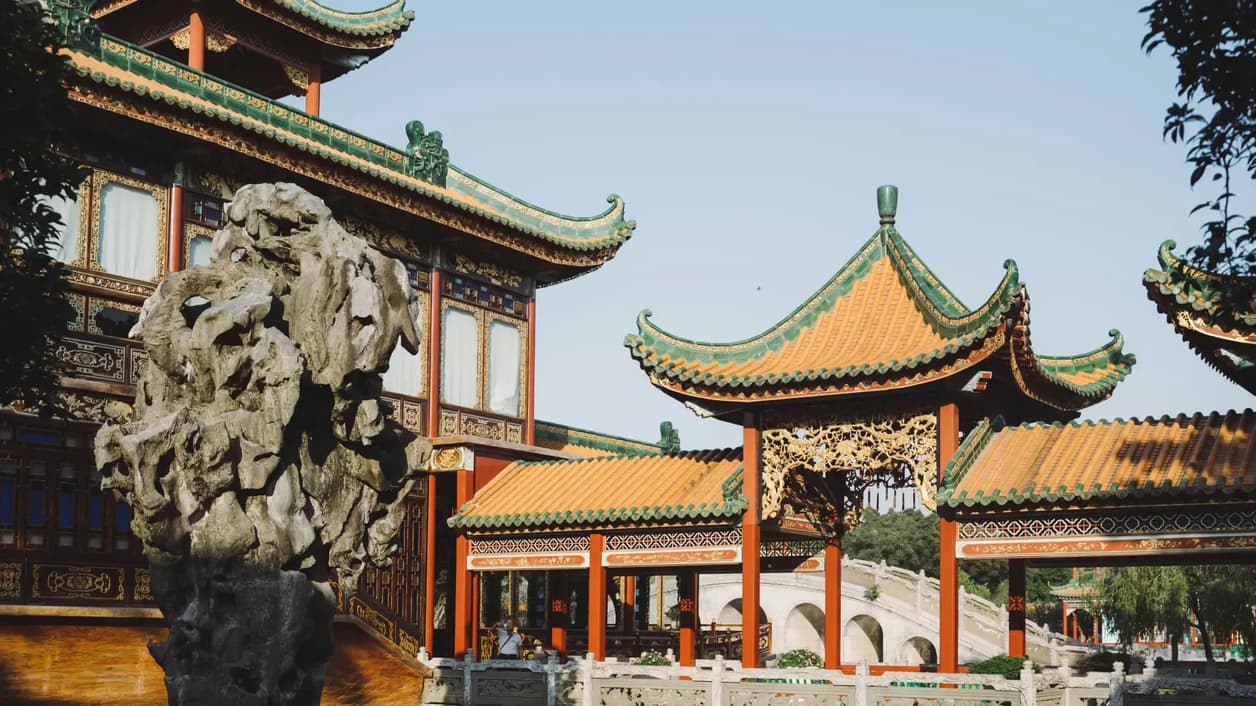
In most countries cabinet meetings and long-term policy deliberations make the headlines, but in the West there has been relatively little coverage of China’s Plenum. A four-day policy forum has laid out the details for the country’s 15th five-year plan, which will be made public in granular detail early next year.
For context, the ‘Plenum’ is held seven times during the five-yearly policy-making cycle that aims to set the long-term direction for China’s development by the Communist Party. It is a closed-door meeting between nearly 400 Communist Party Central Committee members.
Focus on autonomy amid sluggish economy
The headline takeaway from the Plenum, which is germane to private equity across the world, is that China ‘should achieve greater self-reliance and strength in science and technology’. In many respects, this mirrors the path that the US and Europe are taking in developing their technology ecosystems in a strategic and autonomous way.
The backdrop to the Plenum is a more sluggish economy than the Chinese leadership would wish for. In particular, the Q3 GDP print was 4.8% year-on-year, which comes in just below the government’s 5% target. House prices fell again in September, this time at their fastest pace in 12 months. In addition, retail sales growth slowed and the contraction in property investment was disappointing. The need to boost demand is an objective that has emerged from the Plenum.
Technology over services
The main thread from the Plenum is the stated objective to build a ‘modern industrial system’, which is now given top priority by the Party. This comes against the backdrop of the involution policy of paring back excess capacity in existing industrial sectors such as chemicals. The new policy will focus on building new industries in leading technological segments – from clean energy to AI to semiconductors. Watchwords like intelligence, digitalisation and green transformation will take policy priority over services (which was a priority in the previous Plenum gathering).
What is interesting is that the strategic and competitive nature of the new policy is very clear, as is the role of the US as the primary competitor. In this respect the Plenum outcome is a clear signal to the US regarding the trade war and restrictions on technology exports to China.
Key themes
The upshot of the Plenum is that it adds momentum to the emerging multipolar world where the US, Europe and China try to become self-reliant in key technologies and strategic industrial sectors. A simple extrapolation is that investment in key technologies in the US and Europe — from cyber to AI to energy — will not only pick up but will move more in tandem with national strategic objectives.
Another theme, which is more political, is the anti-corruption drive. In this context, over ten members of the Central Committee will be replaced, with a number of senior military officers in the People’s Army also being replaced.
In sum, this tightly orchestrated Plenum prefigures a drive by China to become a leader in key technologies in a way that will set it apart from strategic competitors.




